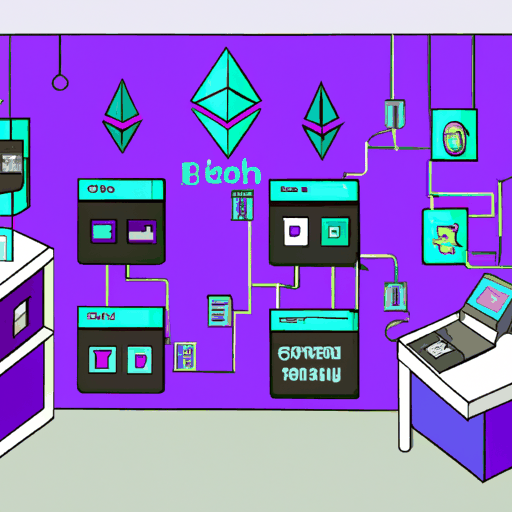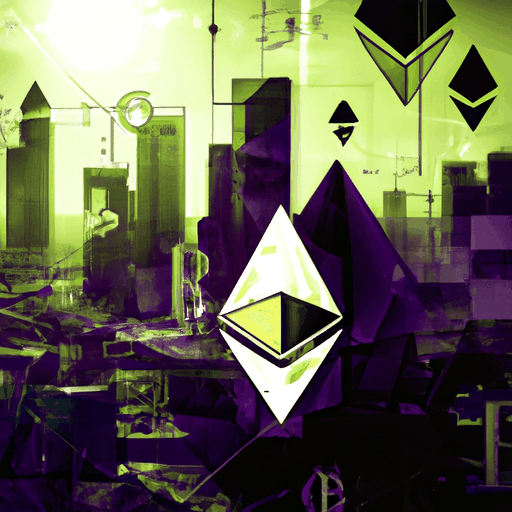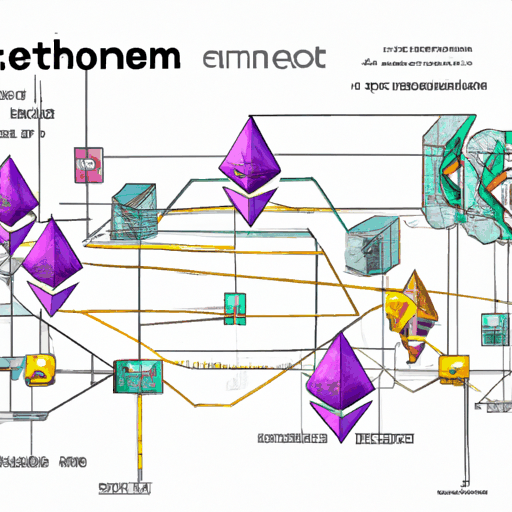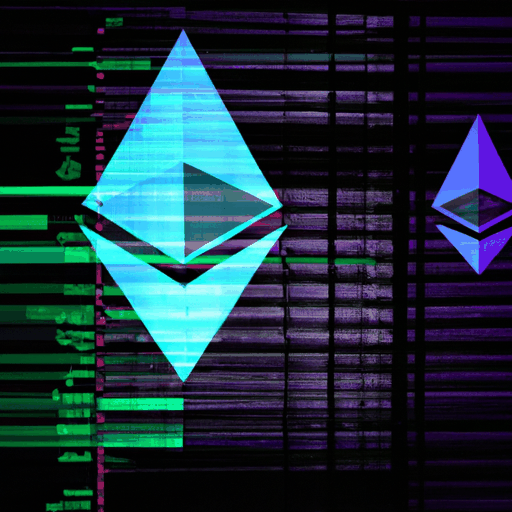
Developer's Guide To Building Ethereum DApps
By: Eliza Bennet
Building an Ethereum DApp involves using development tools, crafting secure smart contracts, designing a user-friendly front-end, and intensive testing before deployment. Ethereum's DApp ecosystem is flourishing, with applications being developed for a wide variety of use cases, such as finance, industrial, social media, and gaming.
DApps are blockchain-based versions of daily utilized applications and software, powered by smart contract technology on blockchains like Ethereum. The decentralization provides higher network security, with no data residing in one place. Ease and lesser costs of transactions are other added benefits provided by cryptocurrencies used in DApps.
Ethereum is a preferred blockchain for DApp building due to its longevity, constant innovation, and established ecosystem. However, it is advisable to weigh the Ethereum gas fees against other networks before investing in development initiatives. Other smart contract blockchain networks include Solana, Polkadot, BNB Smart Chain, Eos, Tron and Cardano; each with its strengths and weaknesses compared to Ethereum.
Popular Ethereum DApps include the Uniswap decentralized exchange (DEX), OpenSea NFT marketplace, and DApp game Axie Infinity.
Building an Ethereum DApp requires meticulous planning, taking into account development environment, tools, smart contracts, security, front-end development, user experience, DApp testing and debugging, and deployment. Blockchain networks and cryptocurrencies are often targeted by hackers and scams making cryptographic security paramount to a successful DApp.
Also, the costs of building a DApp on Ethereum varies, with estimates ranging from $15,000 for a simple Dapp up to $30,000 or more for more complex Dapps, depending on developer experience level.



